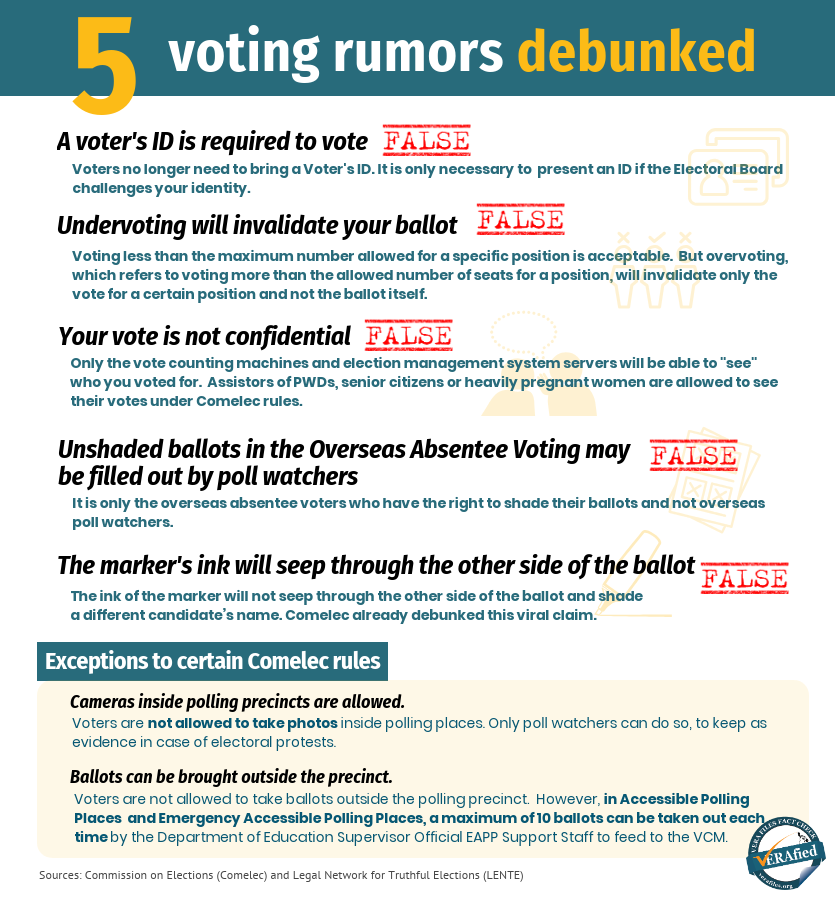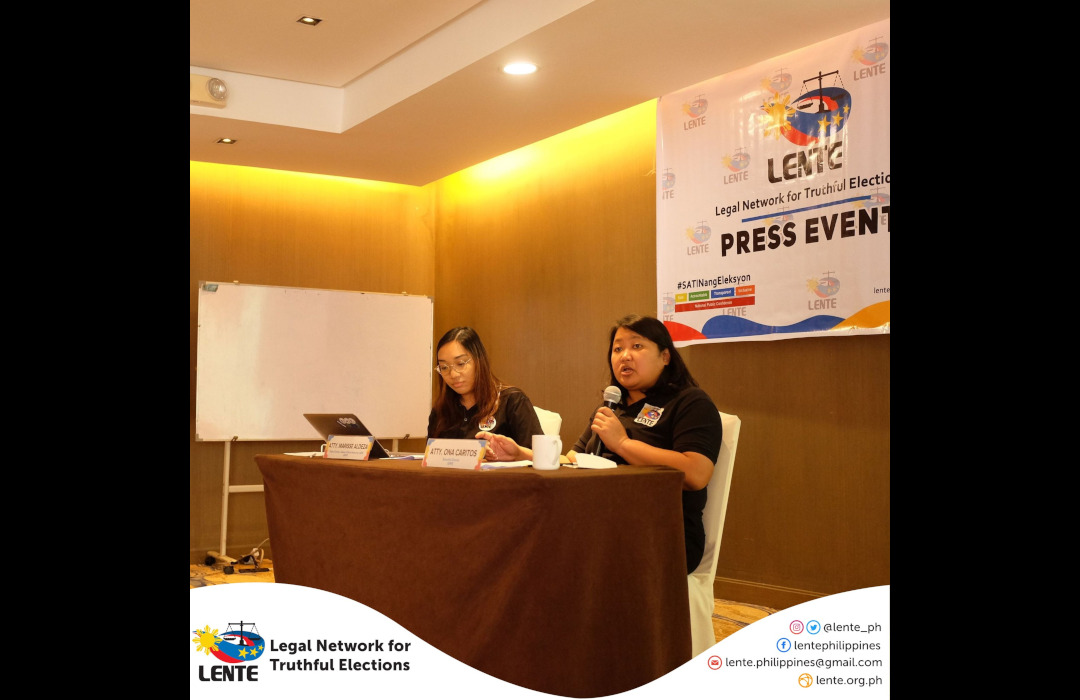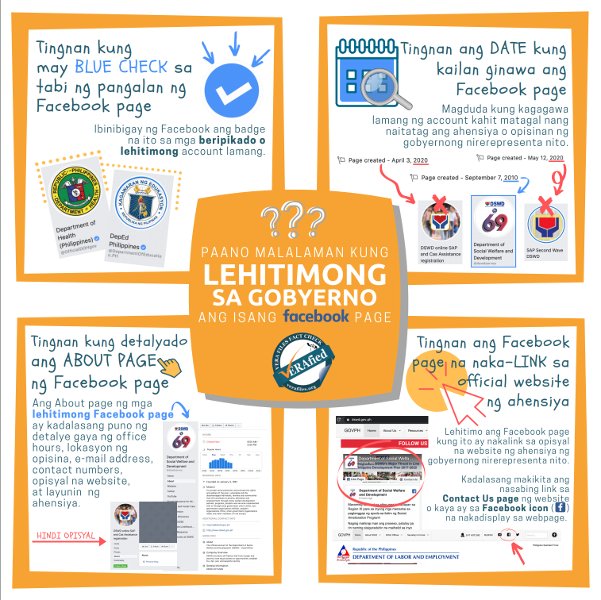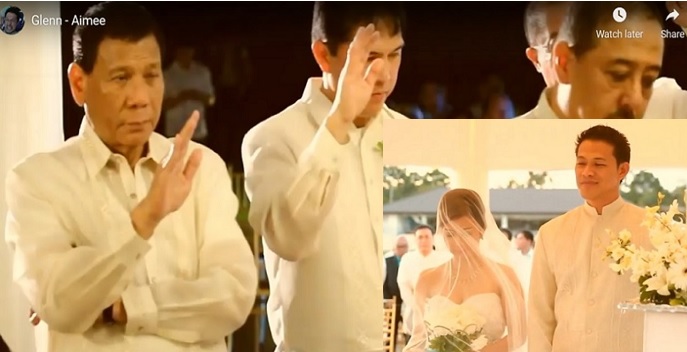On May 13, the country will hold its fourth automated elections since 2010. Yet, election-related myths continue to confuse voters.
Lawyer Rona Ann Caritos, executive director of election watchdog Legal Network for Truthful Elections (LENTE), identified some common disinformation in the voting process that voters must watch out for.
Here are five misconceptions you need to know.
1. A voter’s ID is required to vote: FALSE
Voters no longer need to present a Voter’s ID in their precincts since the Commission on Elections (Comelec) stopped issuing IDs in December 2017 in anticipation of the already approved Philippine Identification System Act. Voters are only required to present an ID if the Electoral Board (EB) challenges their identity.
The following IDs can be presented to the EB:
- Passport
- Social Security System ID
- Government Service Insurance System e-Card
- Professional Regulation Commission ID
- Integrated Bar of the Philippines ID
- Overseas Workers Welfare Administration ID
- Senior Citizen’s ID
- Unified Multi-Purpose Identification (UMID) card
- Company ID
- Postal ID
- Student ID or library card, signed by the school authority
- Driver’s license
- National Bureau of Investigation/Philippine National Police clearance
2. Undervoting will invalidate your ballot: FALSE
Undervoting, which means voting less than the maximum number allowed for a specific position, will not invalidate a ballot. However, overvoting, which refers to voting more than the allowed number of seats for a position, will cause the vote counting machine (VCM) not to tally the votes for that specific position. Overvoting will only invalidate the vote for a certain position and not the ballot itself.
3. Your vote is not confidential: FALSE
It is illegal for anyone to see your ballot or force you to reveal who you voted for.
A ballot secrecy folder is provided in each seat in the polling precinct to protect your vote from being exposed. Only the VCMs and election management system servers will be able to technically “see” who you voted for.
Assistors of persons with disabilities, senior citizens or heavily pregnant women are allowed to see their votes under Comelec rules.
4. Unshaded ballots in the Overseas Absentee Voting may be filled out by poll watchers: FALSE
It is only the overseas absentee voters who have the right to shade their ballots and not the overseas poll watchers. Poll watchers assigned by candidates can only monitor the electoral process.
5. The markers’ ink will seep through the other side of the ballot: FALSE
The ink of the marker will not seep through the other side of the ballot and shade a different candidate’s name. The Comelec has already debunked this viral claim (Read: VERA FILES FACT CHECK: FAKE warning on ‘bleeding’ ballots spread on FB, Twitter).
Exceptions to certain Comelec rules:
Cameras inside polling precincts are allowed
Voters are not allowed to take photos inside polling places. Only poll watchers can do so, to keep as evidence in case of electoral protests.
Ballots can be brought outside the precinct
Voters are not allowed to take their ballots outside the polling precinct. However, in Accessible Polling Places (APPs) and Emergency Accessible Polling Places (EAPPs), a maximum of 10 ballots can be taken out of the polling place at each time by the Department of Education Supervisor Official EAPP Support Staff (DESO EAPP Support Staff) to feed to the VCM.
Caritos also encouraged voters to scan the Computerized Voters List at their poll precincts on election day to check for the names of any deceased relatives. If they find any, they must file a petition before the Comelec to deactivate the departed voter’s status and prevent “ghost” voters.
Comelec announced May 10 that the precinct finder is ready to use after glitches reported by voters who tried to use it the past two days have been fixed.
The polling centers are open from 6 a.m. to 6 p.m, and may extend in some areas to accommodate voters who are already there before the poll closes.
Sources
ABS-CBN News Youtube, Don’t overvote, Comelec warns anew, May 4, 2019,
ABS-CBN News, SC urged to compel Comelec to allow use of cellphones in polling places, April 24, 2019
Commission on Elections Website, Philippine Identification System Act
Commission on Elections Website, Republic Act. 8189: The Voter’s Registration Act of 1996
Commission on Elections Website, Resolution No. 10156
Commission on Elections Website, Resolution No. 10486
Commission on Elections Website, Resolution No. 10488
Commission on Elections Website, Resolution No. 10516
Commission on Elections Website, Resolution No. 10522
Commission on Elections Website, Resolution No. 10528
Commission on Elections Website, Resolution No. 8803
Commission on Elections Website, Voter ID Card
Commission on Elections Website, Voter ID Generation and Distribution
Inquirer.net, No need for ID to vote — Comelec, February 13, 2019
National Citizens’ Movement for Free Elections, Commission on Elections Resolution No. 9623
National Citizens’ Movement for Free Elections, Rules and Laws Pertaining to the 2019 National and Local Elections
Official Gazette, Republic Act No. 10366
Official Gazette, Republic Act No. 10367: Mandatory Biometrics Voter Registration
Official Gazette, Republic Act No. 9189: The Overseas Absentee Voting Act of 2003
Philippine News Agency, Voters warned vs. disinformation ahead of May polls, February 13, 2019
Philstar.com, Comelec no longer issuing voters’ IDs, July 11, 2018
Philstar.com, Comelec to monitor bloggers, influencers, February 14, 2019
Guided by the code of principles of the International Fact-Checking Network at Poynter, VERA Files tracks the false claims, flip-flops, misleading statements of public officials and figures, and debunks them with factual evidence. Find out more about this initiative and our methodology.)




